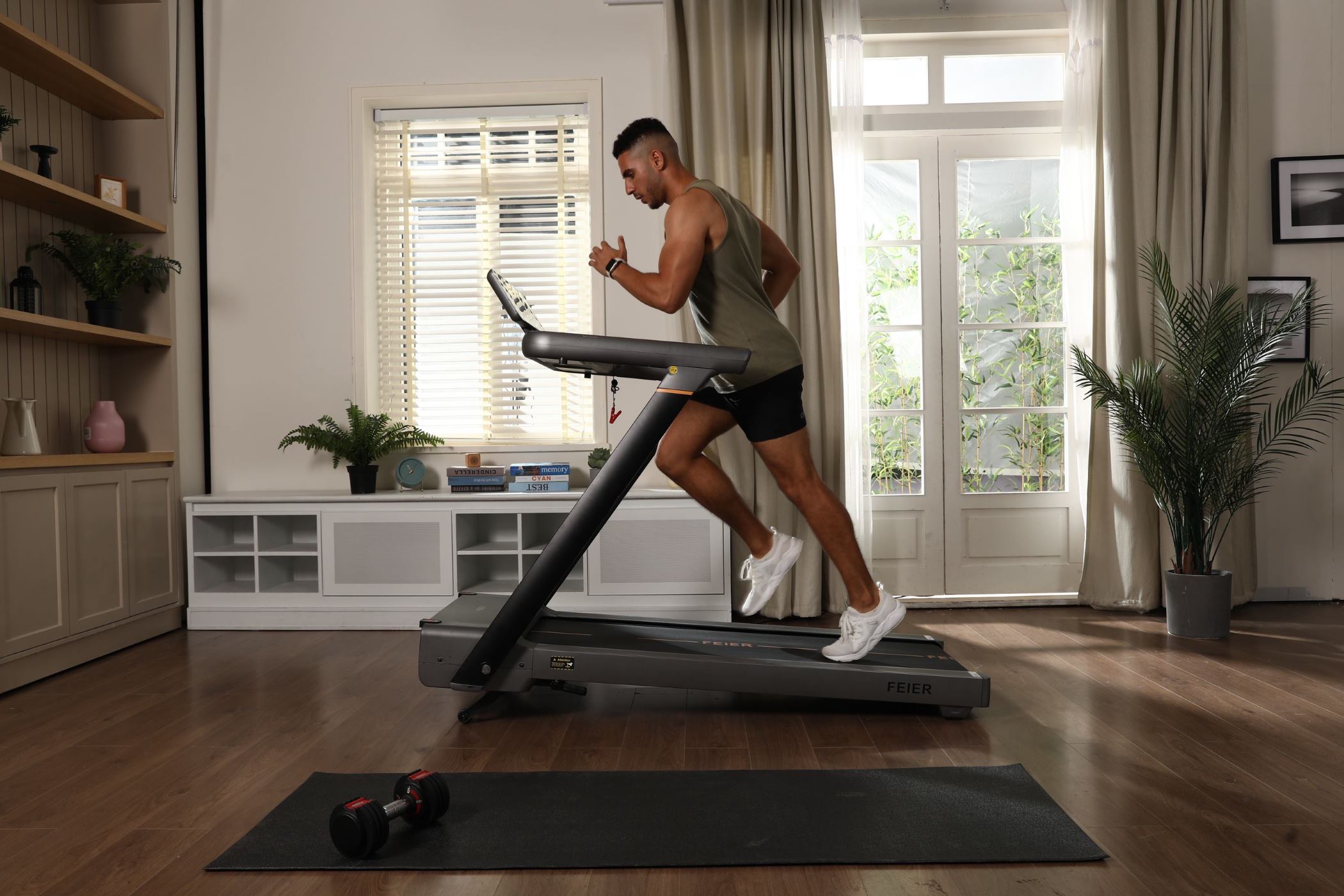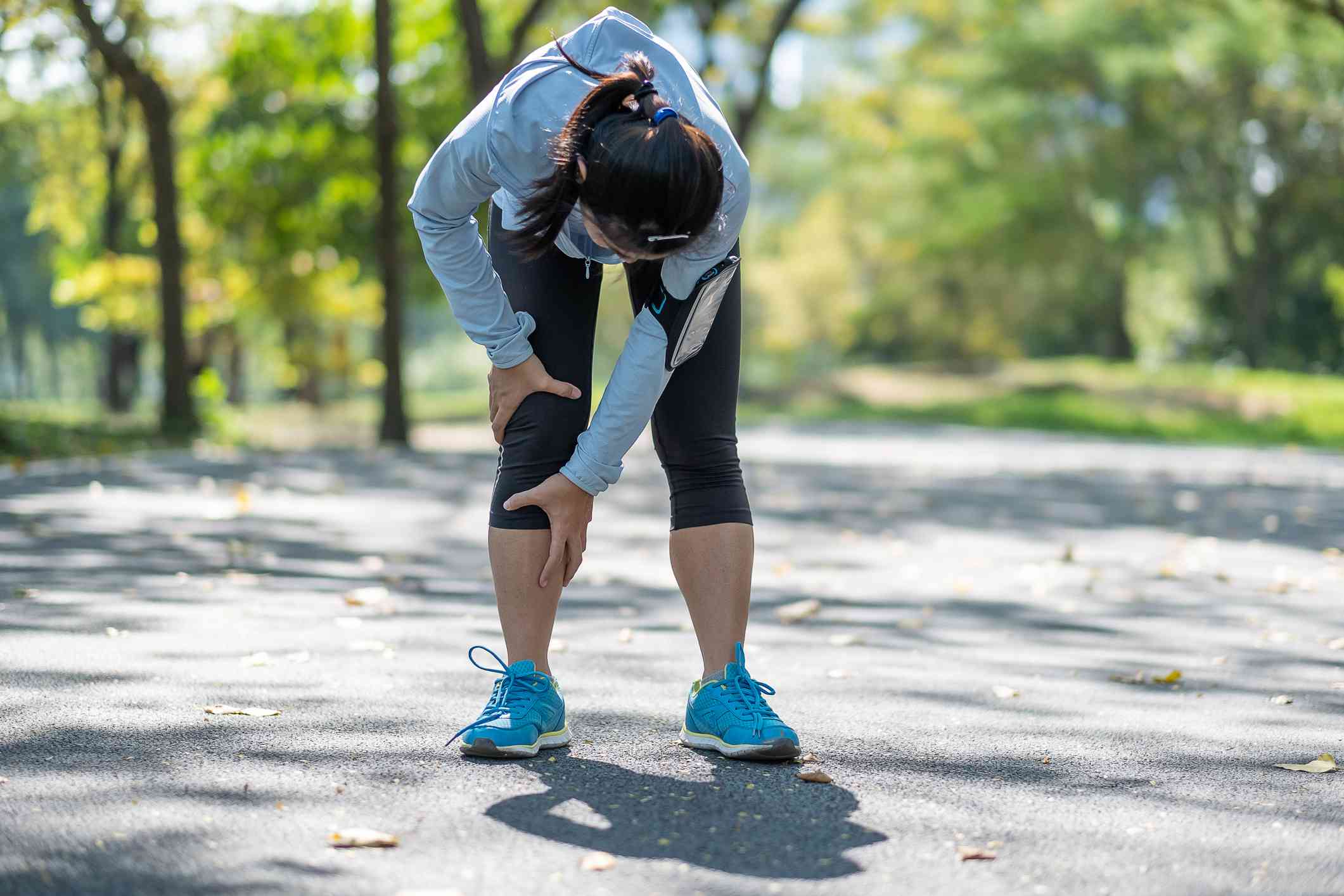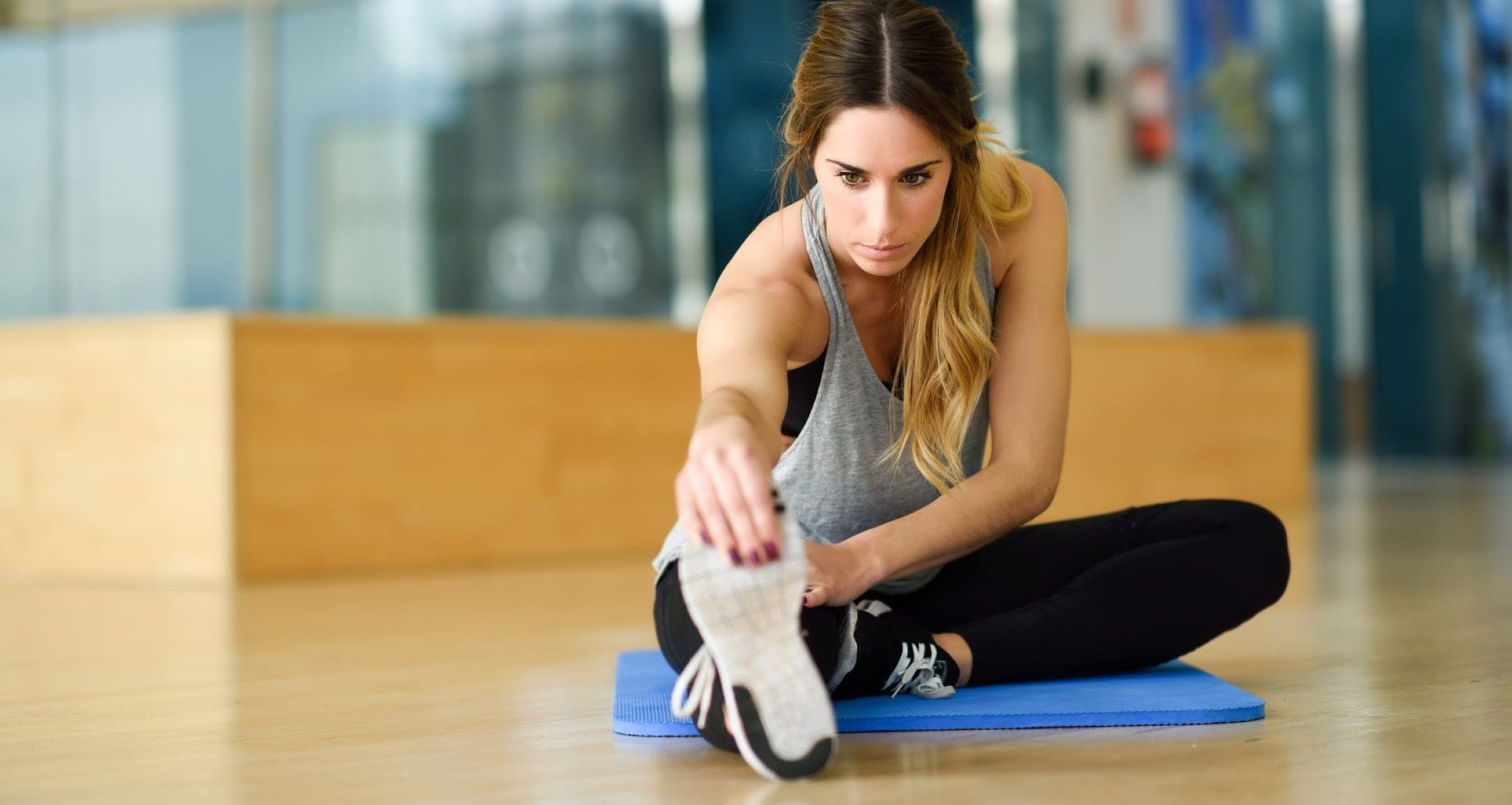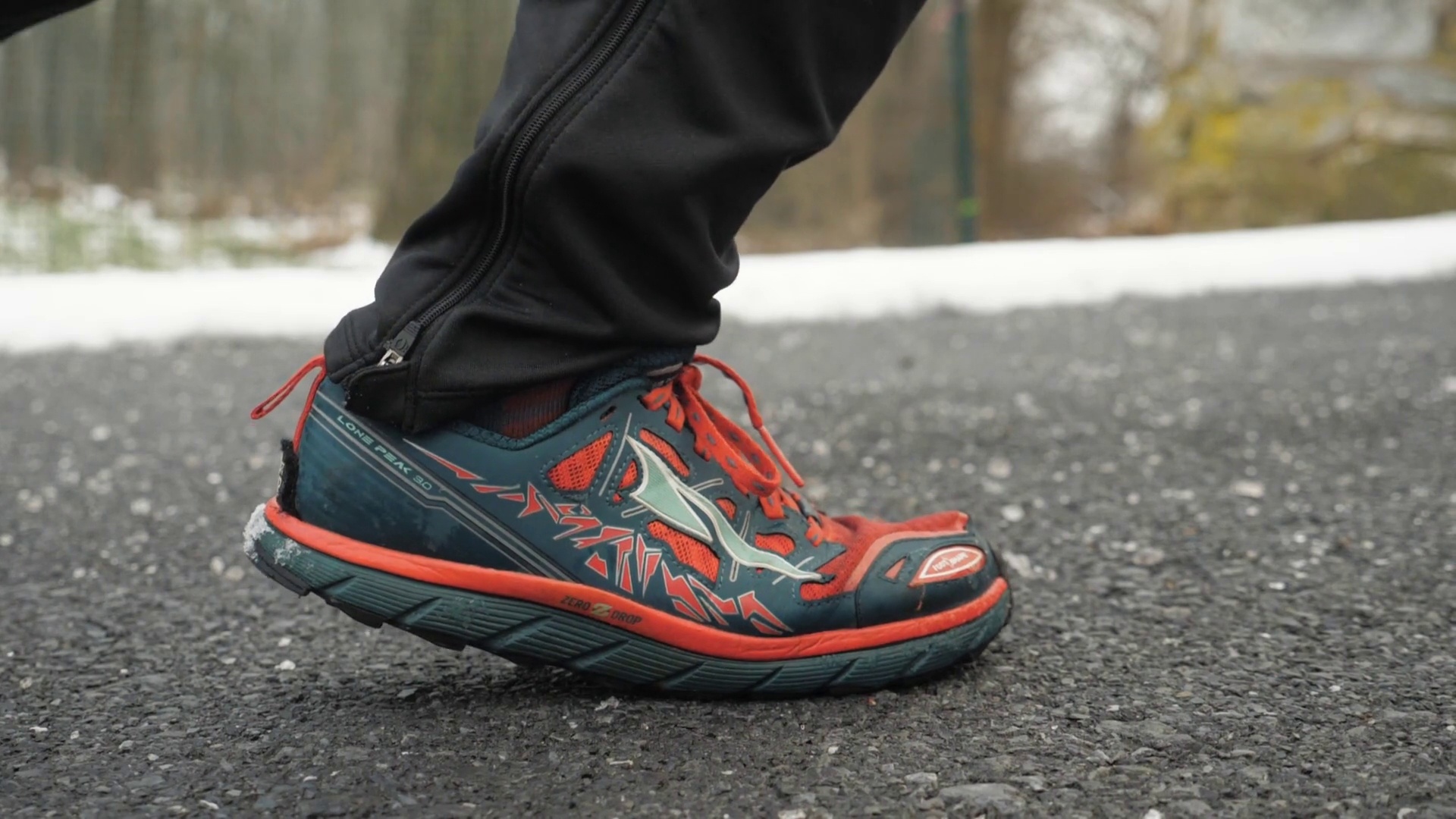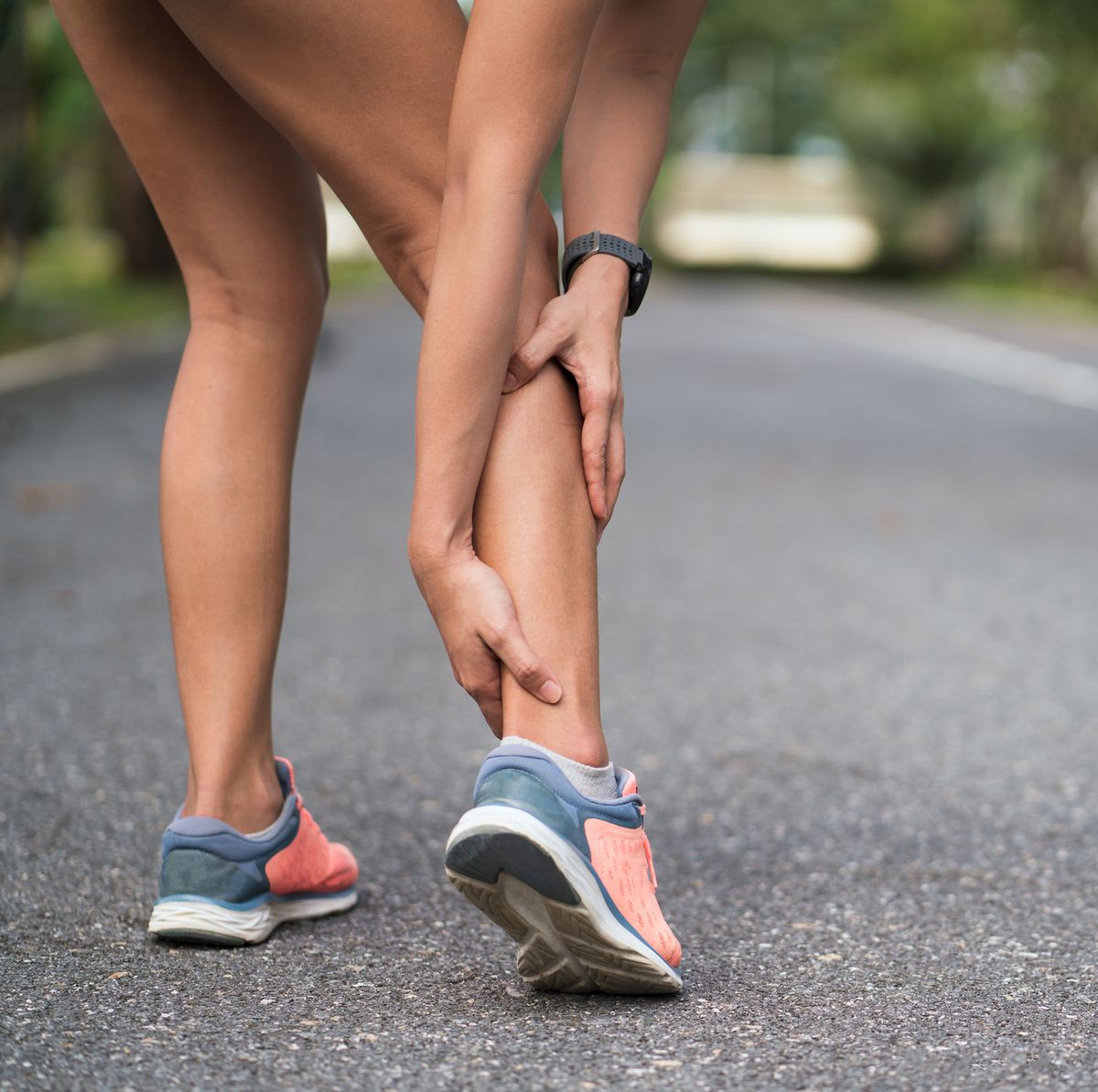

Featured
Why Does My Calf Hurt When Jogging
Modified: October 24, 2023
Discover the reasons for your calf pain when jogging and learn effective strategies to alleviate discomfort. Featured tips to enhance your running experience.
Introduction
Welcome to the world of jogging, where the thrill of lacing up your sneakers and hitting the pavement can be both exhilarating and rewarding. However, for some, this experience can be marred by the unpleasant sensation of calf pain while jogging. If you’ve ever experienced this discomfort, you’re not alone.
Calf pain while jogging is a common complaint among runners of all levels, from beginners to seasoned athletes. It can range from a dull ache to a sharp, stabbing pain that is difficult to ignore. Understanding the causes of calf pain and knowing how to prevent and treat it can help you enjoy your runs to the fullest.
In this article, we will delve into the various factors that can contribute to calf pain while jogging, as well as practical tips on how to avoid and manage it. It’s important to note that while this information can guide you in the right direction, it is always best to consult with a healthcare professional for a proper diagnosis and personalized advice.
So, whether you’re a seasoned runner looking to overcome recurring calf pain or a beginner trying to understand why your calves ache during jogging, read on to gain valuable insights that will help you hit the ground running without any unnecessary discomfort.
Understanding Calf Pain while Jogging
Before we delve into the common causes and potential solutions for calf pain while jogging, it’s essential to understand the anatomy of the calf muscles and how they work during exercise.
The calf muscles, comprising the gastrocnemius and soleus, play a crucial role in enabling movements like running, jumping, and walking. They work together to propel you forward and provide stability during physical activities.
When you jog, the calf muscles contract and relax in a rhythmic pattern, allowing you to push off the ground and maintain a steady pace. However, factors such as overuse, improper form, and inadequate warm-up can lead to stress and strain on the calf muscles, resulting in pain and discomfort.
Calf pain while jogging can manifest in various ways. It can range from a mild, nagging ache that dissipates with rest to an intense, stabbing pain that hampers your ability to continue running. It may occur in one or both calves and may be accompanied by swelling or tenderness.
Now that you have a basic understanding of the calf muscles and how they function during jogging, let’s explore some of the common causes of calf pain in this context.
Common Causes of Calf Pain while Jogging
When it comes to calf pain while jogging, several factors can contribute to the discomfort you may experience. Understanding these causes can help you identify the root of your pain and take appropriate measures to alleviate it.
- Muscle Strain: One of the most common causes of calf pain while jogging is a muscle strain. This occurs when the calf muscles are pushed beyond their limits, leading to microscopic tears in the muscle fibers. Factors such as overexertion, sudden changes in intensity or duration of your runs, and inadequate warm-up can increase the risk of muscle strains.
- Dehydration and Electrolyte Imbalance: Maintaining proper hydration levels and electrolyte balance is crucial for preventing muscle cramps and calf pain. Dehydration and imbalances in electrolytes like sodium, potassium, and calcium can lead to muscle spasms and discomfort during jogging.
- Poor Footwear: Wearing improper or worn-out footwear can significantly contribute to calf pain while jogging. Shoes that lack proper support or have worn-down cushioning can place excessive strain on the calf muscles, leading to pain and discomfort.
- Imbalanced Muscle Strength: Muscle imbalances between the calf muscles and other leg muscles can also result in calf pain while jogging. If the calf muscles are significantly weaker or tighter than their surrounding muscles, they may bear excessive strain during running, leading to pain and potential injuries.
- Running Surface: The surface you jog on can impact the stress placed on your calf muscles. Running on uneven or hard surfaces, such as concrete or asphalt, can increase the risk of calf pain. Additionally, running uphill or downhill excessively can also strain the calf muscles, leading to discomfort.
It’s important to note that these causes may not be mutually exclusive, and multiple factors can contribute to your calf pain. Assessing your running routine, equipment, and overall health can help you identify the specific causes in your case.
Now that we have explored the common causes of calf pain while jogging, let’s move on to the next section, where we’ll discuss practical measures to prevent and alleviate calf pain during your runs.
Avoiding Calf Pain while Jogging
Prevention is often the key to avoiding calf pain while jogging. By taking proactive measures, you can reduce the risk of calf muscle strain and other causes of discomfort. Here are some practical tips to help you prevent calf pain during your runs:
- Gradual Training: Gradually increase the intensity, duration, and distance of your runs to allow your calf muscles to adapt and strengthen over time. Avoid sudden spikes in your training regimen, as this can put undue stress on your muscles and increase the risk of injury.
- Proper Warm-up and Stretching: Before heading out for a jog, spend a few minutes warming up your calf muscles with dynamic stretching exercises like calf raises and ankle circles. This helps increase blood flow and prepares your muscles for the upcoming activity. After your jog, don’t forget to cool down and perform static stretches to promote muscle recovery.
- Wear Proper Footwear: Invest in good-quality running shoes that provide adequate cushioning and support for your feet and calf muscles. Consider getting a professional gait analysis to determine the right type of shoe for your running style and foot mechanics.
- Strengthen and Stretch: Perform exercises that target and strengthen your calf muscles, such as calf raises and toe raises. Additionally, incorporate stretching exercises like standing calf stretches and seated calf stretches to improve flexibility and prevent muscle imbalances.
- Hydrate and Maintain Electrolyte Balance: Prioritize proper hydration by drinking enough water before, during, and after your runs. Consider sipping on electrolyte-rich beverages to replenish minerals lost through sweat, especially during longer or more intense workouts.
- Vary Your Running Surfaces: Mix up your running routes to include different terrains. This helps distribute the stress on your calf muscles more evenly and reduces the risk of overuse injuries. Incorporate softer surfaces like grass or trails into your running routine whenever possible.
- Listen to Your Body: Pay close attention to any discomfort or pain in your calves while jogging. If you feel persistent pain or notice any signs of injury, such as swelling or instability, it’s crucial to rest and seek appropriate medical advice.
By implementing these preventive measures, you can significantly reduce the likelihood of experiencing calf pain while jogging. However, if you do encounter discomfort despite your best efforts, it’s important to know how to address it. In the next section, we will explore various treatment options for managing calf pain while jogging.
Treating Calf Pain while Jogging
If you experience calf pain while jogging, it’s essential to take immediate action to alleviate the discomfort and prevent further injury. Here are some effective treatment strategies you can use to manage calf pain:
- Rest and Ice: Allow your calf muscles to rest and avoid any activities that exacerbate the pain. Applying ice to the affected area for 15-20 minutes several times a day can help reduce inflammation and alleviate pain.
- Compression and Elevation: Consider using compression bandages or calf sleeves to provide support and reduce swelling. Elevate your legs whenever possible to promote proper blood flow and minimize inflammation in the calf muscles.
- Gentle Stretching and Massaging: Once the acute phase of pain has subsided, gentle stretching exercises like calf stretches can help improve flexibility and relieve tightness in the muscles. Additionally, light massaging techniques can help increase blood circulation and promote healing.
- Over-the-Counter Pain Relief: Nonsteroidal anti-inflammatory drugs (NSAIDs) like ibuprofen or acetaminophen can help temporarily alleviate pain and reduce inflammation. However, it’s important to consult with a healthcare professional before taking any medication.
- Physical Therapy: If the pain persists or is severe, seeking the help of a physical therapist can be beneficial. They can guide you through exercises and techniques that specifically target your calf muscles, promote healing, and reduce the risk of future injuries.
- Gradual Return to Activity: Once your pain subsides and you start feeling better, gradually reintroduce jogging into your routine. Start with shorter distances and slower pace, gradually increasing the intensity and duration over time. Listen to your body and adjust accordingly.
- Address Underlying Issues: If you find that calf pain while jogging is a recurring problem, it might be beneficial to address any biomechanical or structural issues that contribute to the discomfort. Consult with a podiatrist, physiotherapist, or sports medicine specialist to identify and address any underlying issues.
Remember, everyone’s recovery journey is unique, and it’s essential to be patient with yourself during the healing process. If at any point the pain worsens or does not improve with self-care measures, it’s crucial to seek medical advice for a proper diagnosis and personalized treatment plan.
Now that we have explored various treatment strategies, let’s move on to the next section where we’ll discuss when it’s necessary to seek medical help for calf pain while jogging.
When to Seek Medical Help
While most cases of calf pain while jogging can be managed with self-care measures, there are situations where seeking medical help is necessary. If you experience any of the following, it is important to consult with a healthcare professional:
- Severe Pain: If you are experiencing intense, debilitating pain in your calf muscles that does not subside with rest, it is crucial to seek medical attention. This could indicate a more serious injury that requires professional evaluation and treatment.
- Swelling or Bruising: If your calf area is visibly swollen, or if you notice significant bruising, it could indicate a muscle tear or other severe injury. In such cases, it is advisable to seek medical help for an accurate diagnosis and appropriate treatment.
- Difficulty Walking: If your calf pain is severe enough to affect your ability to walk or bear weight on the affected leg, it is important to consult with a healthcare professional. This could be a sign of a more significant injury that requires medical attention.
- Recurring or Chronic Pain: If you frequently experience calf pain while jogging that does not improve or keeps coming back, it is important to seek medical help. Chronic pain can be a sign of an underlying issue that needs to be addressed for long-term relief.
- Preexisting Conditions: If you have any preexisting medical conditions, such as diabetes, peripheral artery disease, or circulation disorders, that could affect your calf muscles, it is advisable to consult with a healthcare professional. They can provide guidance on managing your calf pain effectively and minimizing any potential risks.
- Signs of Infection: If you notice any signs of infection around your calf area, such as redness, warmth, increased pain, or oozing discharge, it is important to seek medical attention. Infections require proper medical evaluation and treatment to prevent complications.
Remember, it’s always better to err on the side of caution when it comes to your health. Seeking medical help will ensure that you receive appropriate care and guidance based on your specific circumstances.
Now that we have discussed when it is necessary to seek medical help, let’s move on to the concluding section of this article, where we will summarize the key points and provide some final thoughts on managing calf pain while jogging.
Conclusion
Calf pain while jogging can be a frustrating experience, but with the right knowledge and approach, you can manage and overcome it. Understanding the causes of calf pain, adopting preventative measures, and seeking appropriate treatment when necessary are the key steps towards a pain-free running experience.
In this article, we explored various aspects of calf pain while jogging, from understanding the anatomy of the calf muscles to the common causes of discomfort. We discussed the importance of gradual training, proper warm-up and stretching, wearing suitable footwear, addressing muscle imbalances, and varying running surfaces to avoid calf pain.
We also explored effective treatment strategies, such as rest, ice, compression, elevation, stretching, and seeking professional help through physical therapy. Additionally, we discussed when it is necessary to seek medical attention, such as in cases of severe pain, swelling, difficulty walking, recurring pain, preexisting conditions, and signs of infection.
Remember, every runner is unique, and what works for one person may not work for another. It’s important to listen to your body, be mindful of any discomfort or pain, and adapt your training and recovery strategies accordingly. Proper self-care, including adequate rest, hydration, and nutrition, is essential for maintaining a healthy and injury-free running routine.
If you continue to experience calf pain while jogging despite implementing preventive measures and seeking medical help when needed, it may be beneficial to consult with a sports medicine specialist or healthcare professional who can provide comprehensive evaluation and guidance tailored to your specific needs.
By taking a proactive approach to manage and prevent calf pain, you can continue to enjoy the many benefits of jogging, improve your fitness level, and embark on new running milestones without unnecessary discomfort. So, lace up your sneakers, implement the tips and strategies shared in this article, and happy jogging!

